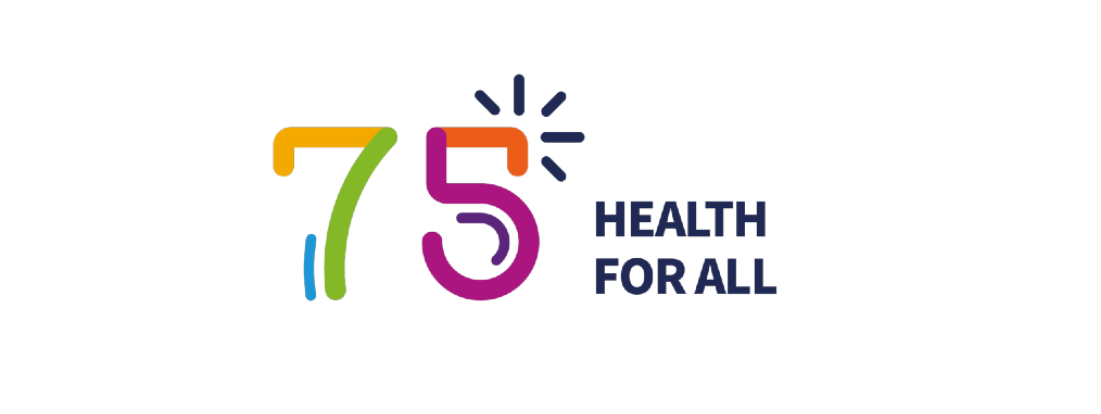Health equity and its determinants
This is the second World Health Day to fall during the COVID-19 pandemic – the world’s worst peacetime health crisis in a century. It comes amidst gruelling and painful times for the world’s people who are dealing with the impacts of the pandemic, including those working in the health sector.
As of 1 April 2021, over 2.8 million people had died from the COVID-19 virus, and more than 130 million people had contracted it – many of whom now live with long-term health impacts. At the same time, the wider health consequences of the pandemic have left untold millions bearing the costs in terms of their emotional, social, and economic well-being. Loss of employment and income has exacerbated food insecurity; health services have been partially or completely disrupted across the world; and there have been adverse impacts on mental and physical health. The cost of COVID-19 is so high that it demands we do things differently: that we commit to building a fairer and healthier world by taking health equity much more seriously than before – and meet head-on the social and economic factors that cause health inequities.
This is our call to action on World Health Day – and in the year-long campaign that WHO is launching to mark the day. Health inequity and COVID-19 Around the globe, COVID-19 has run along the seams of existing health inequities – the unfair and preventable differences in people’s health, well-being, and access to quality health services. This is shown by the fact that COVID-19 cases and deaths in deprived areas are double those of more advantaged areas.
Health inequity manifests itself in our communities: people worst affected by COVID-19 are those least able to withstand it – older people and others with pre-existing severe illness; socially disadvantaged people with serious health conditions such as heart disease and diabetes; people without Internet access unable to receive the latest information to protect themselves; people unable to afford out-of-pocket payments for treatment; and those socially excluded, for example homeless people, or migrants, who may also experience obstacles in receiving COVID-19 related government aid. They also include people who have suffered unintended negative consequences of the measures introduced to contain COVID-19 (e.g. those exposed to domestic violence or older-person or child abuse during lockdowns, negative effects on education, employment and mental health).
Health inequity manifests itself globally, too: as of 1 April 2021, of the half a billion vaccines administered, 86% have been in high-income countries, while 0.1% have been in low-income countries. These countries watch and wait for vaccine supplies and other COVID-19-related.
The right to health also contains certain freedoms and entitlements. See examples and learn more about the key aspects and common misconceptions of the right to health.



Comments
Post a Comment